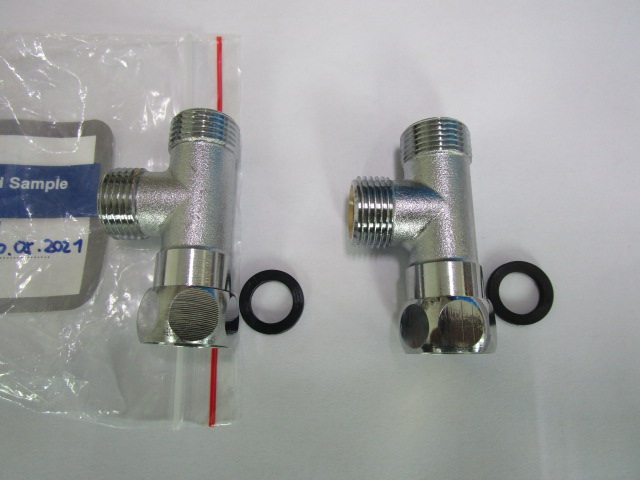
In today’s interconnected global market, the quality of products holds significant importance for manufacturers and consumers alike. In this context, pre-shipment inspection plays a pivotal role in ensuring that products meet established quality standards before they are shipped to clients around the world. This article delves into the intricate process of pre-shipment inspection for socks, detailing the steps involved and highlighting its significance in maintaining product integrity and customer satisfaction.
Contents [hide]
- 1 1.The Significance of Pre-Shipment Inspection for Socks
- 2 2.Selecting the Inspection Scope
- 3 3.Visual Inspection for Appearance and Workmanship
- 4 4.Sizing and Measurements Verification
- 5 5.Fabric Quality Assessment
- 6 6.Labeling and Packaging Check
- 7 7.Functional Testing
- 8 8.Defect Classification and Reporting
- 9 9.Decision-Making and Corrective Action
- 10 10.Client Communication and Transparency
- 11 11.Continual Improvement
- 12 Conclusion
1.The Significance of Pre-Shipment Inspection for Socks
Pre-shipment inspection is a quality control measure that takes place after the manufacturing process and prior to shipping. For socks, a product that demands both comfort and aesthetics, ensuring their quality before they reach the end consumers is paramount. Any deviation from the desired standards can lead to dissatisfaction, returns, and damage to a brand’s reputation. Pre-shipment inspection aims to identify and rectify potential defects, guaranteeing that the final product is in alignment with the client’s specifications.
2.Selecting the Inspection Scope
Before initiating the inspection, it’s crucial to define the scope of the evaluation. This includes specifying the quantity of socks to be inspected, the sampling method to be used, and the criteria against which the socks will be evaluated. The sampling plan should be statistically sound to ensure that the chosen sample accurately represents the entire batch of socks.
3.Visual Inspection for Appearance and Workmanship
One of the primary aspects of pre-shipment inspection is the visual evaluation of the socks. Inspectors examine the appearance and workmanship, checking for color consistency, design accuracy, and overall finishing. Any irregularities, such as loose threads, misaligned patterns, or stitching defects, are documented for further assessment.
4.Sizing and Measurements Verification
Sizing is a critical factor in socks as it directly affects comfort and fit. During the inspection, socks are measured to ensure that they adhere to the specified dimensions. This verification includes the length, width, and elasticity of the socks to guarantee that they meet the intended size requirements.
5.Fabric Quality Assessment
The quality of the fabric used in sock manufacturing is vital for both comfort and durability. Inspectors examine the fabric for factors such as texture, density, and elasticity. Any variations in fabric quality can lead to discomfort, reduced wear life, and an overall decline in product satisfaction.
6.Labeling and Packaging Check
Beyond the product itself, inspectors also verify the accuracy of labeling and packaging. This step ensures that the socks are correctly labeled with relevant information such as size, material composition, care instructions, and brand logo. Proper packaging safeguards the socks during transportation and adds to the overall presentation.
7.Functional Testing
Depending on the specific requirements of the client, functional testing may be performed. For instance, if the socks are meant for specific activities such as sports or outdoor activities, inspectors might conduct tests to evaluate factors like moisture-wicking properties, breathability, and cushioning.
8.Defect Classification and Reporting
Throughout the inspection process, any identified defects are classified based on their severity and impact. Defects are categorized as critical, major, or minor, with critical defects being those that render the socks unfit for use or pose safety risks. A detailed inspection report is generated, complete with photographs, descriptions of defects, and quantitative data, if applicable.
9.Decision-Making and Corrective Action
Upon completion of the inspection, a decision is made regarding the acceptance or rejection of the inspected batch of socks. If defects are detected, manufacturers can opt for corrective actions such as rework, repair, or replacement. This step is crucial in preventing subpar products from reaching customers and maintaining the integrity of the brand.
10.Client Communication and Transparency
Open and transparent communication with clients is a cornerstone of the pre-shipment inspection process. The detailed inspection report is shared with the client, providing them with a clear understanding of the quality of the products they are about to receive. This transparency enables clients to make informed decisions and take necessary actions based on the inspection findings.
11.Continual Improvement
The insights gained from pre-shipment inspections contribute to ongoing improvements in the manufacturing process. By identifying recurring issues and addressing them at their root, manufacturers can enhance their production methods, reduce defects, and elevate the overall quality of their socks.
Conclusion
In the intricate world of textile manufacturing, pre-shipment inspection for socks stands as a safeguard against compromised quality and dissatisfied customers. By adhering to stringent quality control measures, manufacturers can ensure that their products meet established standards, instilling confidence in clients and consumers alike. The thorough process of pre-shipment inspection underscores the commitment to excellence and the pursuit of delivering socks that combine comfort, aesthetics, and durability, fostering enduring relationships in the global market.




